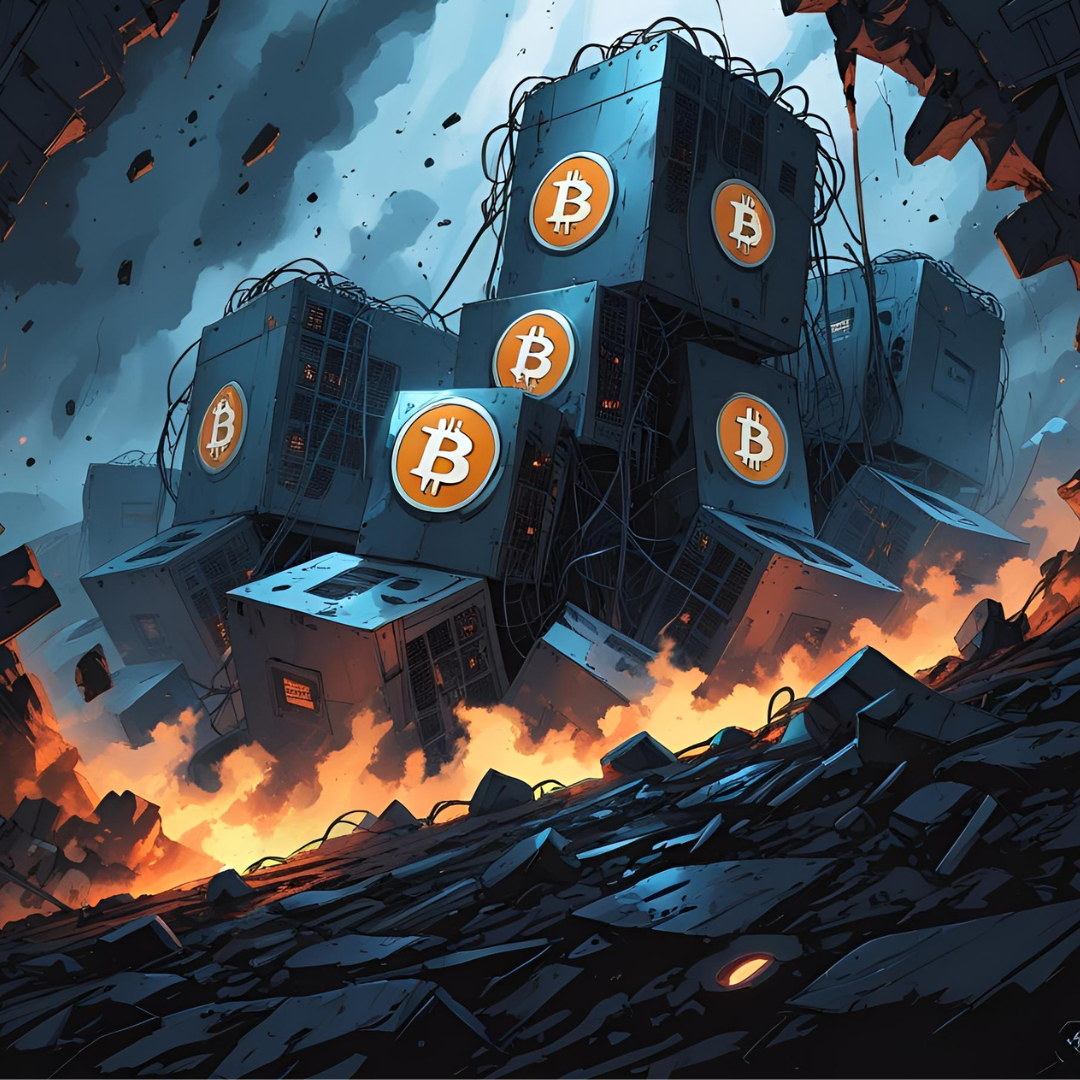The Changing Role of Bitcoin Mining
Bitcoin mining has traveled a long way from being a niche activity for enthusiasts to becoming a significant industrial sector with global implications. Beyond being the foundation for Bitcoin’s security, mining serves as an infrastructure layer, energy consumer, and, surprisingly, a potential tool for environmental solutions.
As the network grows and the reward halvings approach, mining is shifting from a simple computational process to a complex business tied to power markets, geopolitical risks, and regulatory frameworks. Miners are no longer just operators of machines—they are energy strategists and infrastructure managers.
Power: The Heart of Mining Concerns
Power costs have always been at the center of the mining business model. As AI data centers drive energy demand upward, miners are competing for access to cheap electricity. Unlike AI providers, which may tolerate higher costs, Bitcoin miners are relentlessly seeking low-cost, surplus, or stranded energy sources.
Regulatory risks further complicate the landscape. From sudden policy shifts in regions like China to restrictions in Russia and parts of the United States, mining operations constantly navigate uncertain waters. Miners increasingly adopt geographic diversification as a risk mitigation strategy.
Yet, the one factor beyond miners’ control is Bitcoin’s price itself. While infrastructure, energy, and operations can be optimized, the market value of Bitcoin remains volatile, impacting miners’ profitability and long-term viability.
The Energy Debate: From Criticism to Innovation
Bitcoin mining’s energy consumption has been a lightning rod for criticism. Early narratives painted mining as a wasteful, environmentally harmful activity. However, deeper research and transparent data challenge this perception.
Over 52% of mining activity today utilizes renewable energy sources. Hydropower, wind, and solar are often the cheapest—and therefore most attractive—options for miners. This reality flips the narrative: miners are naturally incentivized to seek out renewable energy due to economic reasons, not just environmental concerns.
Moreover, Bitcoin mining has emerged as a practical solution for reducing gas flaring, a significant environmental issue in oil and gas production. By co-locating mining units with oil fields, operators can convert otherwise wasted flare gas into useful economic output. While not the sole solution to the flaring problem, mining provides a scalable and economically viable option that other industries often overlook.
Mining’s Role in Energy Grids and Sustainability
One of mining’s most intriguing potentials lies in its ability to stabilize energy grids. Flexible mining operations can act as demand response systems, scaling consumption up or down in response to grid needs. This flexibility makes mining a unique tool for balancing intermittent renewable sources like wind and solar.
Additionally, waste heat from mining can be repurposed for industrial or residential heating, contributing further to energy efficiency. From district heating projects in Europe to agricultural applications like food drying, miners are finding ways to monetize heat, turning a byproduct into a revenue stream.
Data Centers, AI, and Mining: A Converging Future?
With the rapid rise of AI, the competition for power and data center space intensifies. AI workloads are projected to triple global power demand by 2030. This has prompted some mining companies to explore hosting AI compute workloads alongside mining operations.
The idea is straightforward: mining offers flexible power consumption, while AI demands often fluctuate. By balancing both on the same infrastructure, operators can optimize energy usage and stabilize revenues.
However, the AI data center business comes with higher complexity, capital intensity, and operational demands. For miners, entering this space requires careful consideration and strategic alignment—not every operation can make the leap.
The Future of Mining Post-Halving: Adapt or Exit
Bitcoin’s halving cycles pose a recurring challenge for miners. Each reduction in block rewards squeezes margins and forces efficiency improvements. The next halving will likely accelerate industry consolidation, favoring miners with access to cheap energy, advanced cooling technologies, and optimized operations.
Innovations such as immersion cooling, hydro-cooling, and direct chip cooling are becoming critical for maintaining competitive efficiency. Furthermore, hardware manufacturers are exploring server-grade ASIC designs tailored for modern data centers, bridging the gap between mining farms and high-density data facilities.
As profitability tightens, mining operations are increasingly adopting hybrid business models, combining Bitcoin mining with AI hosting, energy grid services, or heat reuse initiatives. This diversification is no longer optional; it’s a survival strategy.
Beyond Profit: Mining as a Global Infrastructure Player
Bitcoin mining’s significance extends beyond pure economics. Its role in energy markets, environmental innovation, and decentralized infrastructure makes it a key player in future global systems. Mining converts excess or stranded energy into digital value, secures decentralized networks, and potentially supports grid stability.
While skeptics question mining’s environmental impact or economic sustainability, the evolving reality suggests otherwise. With responsible operation, innovative use cases, and integration into broader energy and data ecosystems, mining stands poised to redefine its place in the global infrastructure landscape.
For more insights and data, follow the link to watch the full video discussion.



